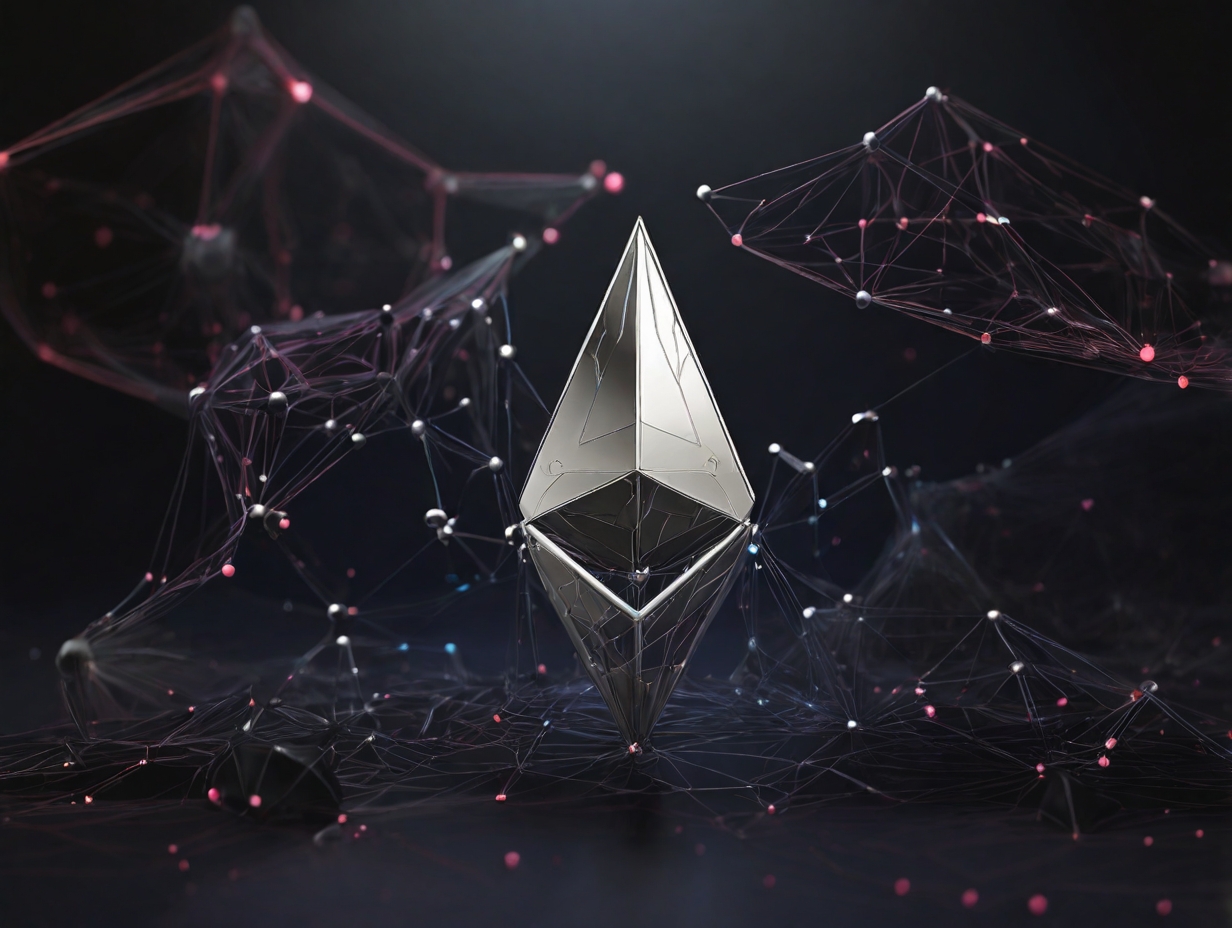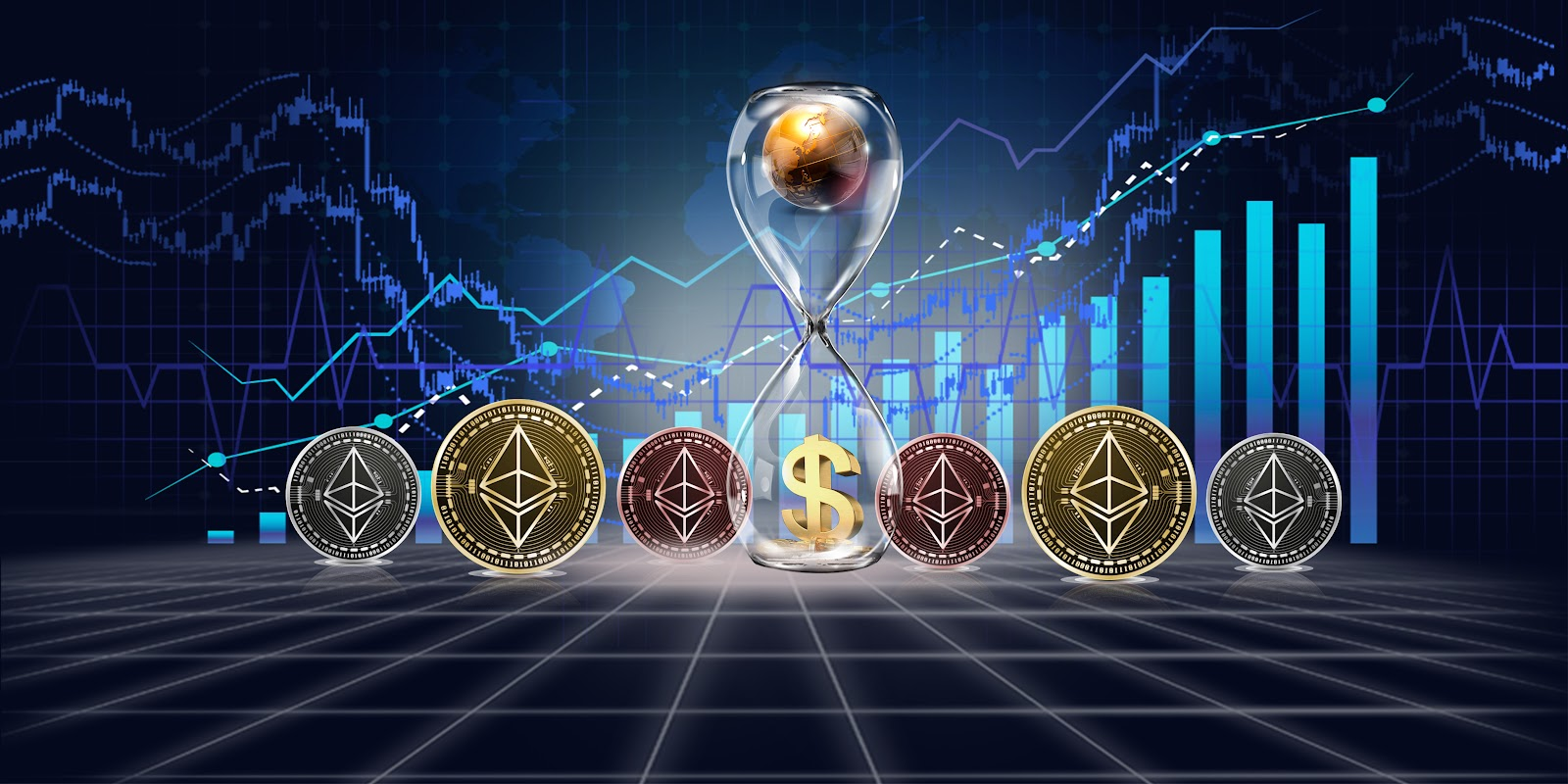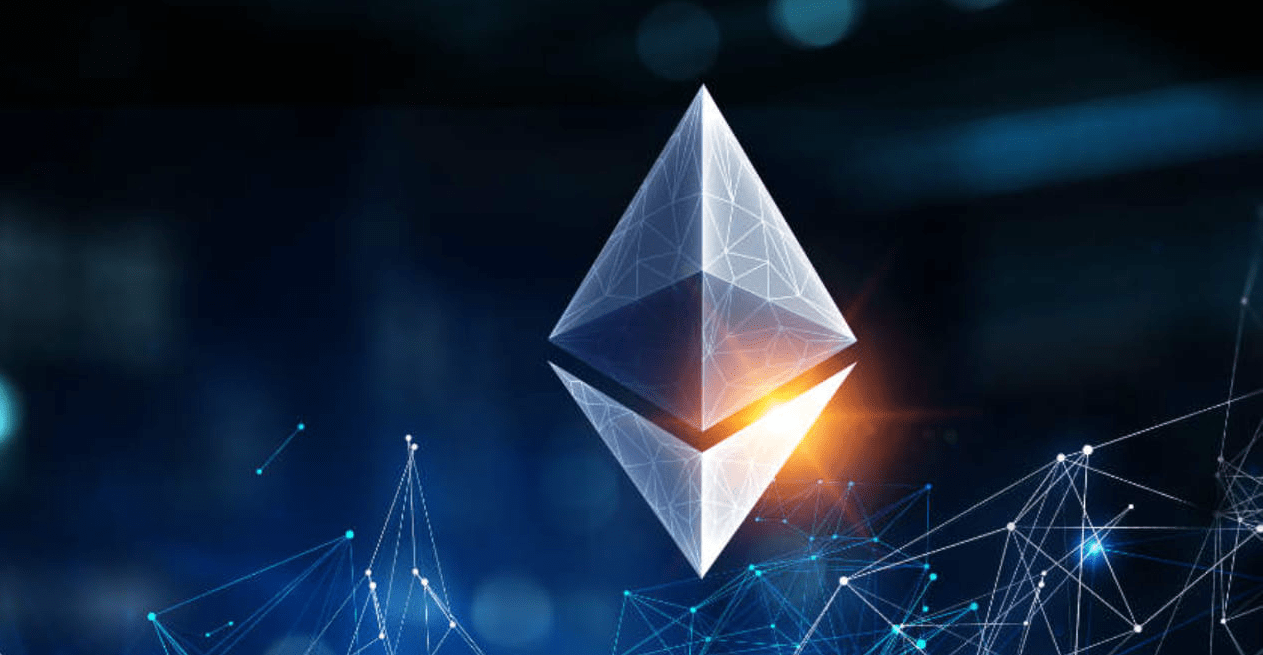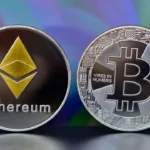Since it came out in 2015, Ethereum has been at the forefront of blockchain innovation. It is the second-largest cryptocurrency by market capitalization. It brought up the ideas of smart contracts and decentralized apps (dApps), which led to new ideas like decentralized financing (DeFi), non-fungible tokens (NFTs), and decentralized autonomous organizations (DAOs). In 2025, Ethereum continues to evolve due to significant updates, an increasing number of users, and the adoption by institutions, all of which are impacting its future. This page gives a thorough and current overview of the most recent Ethereum news, including both technical details and broader ramifications.
Ethereum Merge and Upgrades
The Ethereum Merge, which was finished in September 2022, was a turning point in the network’s history. It changed Ethereum from the proof-of-work (PoW) consensus process, which uses a lot of energy, to the proof-of-stake (PoS) model. This change cut Ethereum’s energy use by more than 99%, which is in line with aims for environmental sustainability and sets the stage for long-term growth. After the Merge was done, Ethereum developers worked on more improvements.
The Shanghai upgrade, which happened in 2023, made it possible to withdraw staked ETH, which made the staking procedure more flexible and appealing. This adjustment also made more validators want to join, which made the network safer. The Cancun-Deneb update in late 2024 put EIP-4844, or proto-danksharding, into use. This included temporary data blobs for rollups, which made transaction fees much lower and throughput much higher. This technical innovation is a big step toward full sharding, which is Ethereum’s long-term solution for scaling.
Layer-2 Scaling on Ethereum
The rapid proliferation of layer-2 scaling solutions is one of the most important developments happening in the Ethereum ecosystem right now. Arbitrum, Optimism, zkSync, and StarkNet are all platforms that try to reduce congestion on the Ethereum mainnet by processing transactions off-chain and then safely settling them back on-chain. Optimistic rollups, like Arbitrum and Optimism, employ a fraud-proof mechanism that presumes truthfulness. Sync and StarkNet use zk-rollups, which use zero-knowledge proofs to make sure that transactions are valid. Each option presents advantages and disadvantages in terms of speed, cost, and finality. However, together they make Ethereum easier to use and grow. These improvements support Ethereum’s primary objectives and enhance the usability of DeFi and NFT platforms. For example, Uniswap has grown to include several layer-2 networks, which let you swap coins faster and with less gas.
and StarkNet use zk-rollups, which use zero-knowledge proofs to make sure that transactions are valid. Each option presents advantages and disadvantages in terms of speed, cost, and finality. However, together they make Ethereum easier to use and grow. These improvements support Ethereum’s primary objectives and enhance the usability of DeFi and NFT platforms. For example, Uniswap has grown to include several layer-2 networks, which let you swap coins faster and with less gas.
Ethereum’s Layer-2 Scaling Solutions
One of the most important things happening in the Ethereum ecosystem right now is the rapid proliferation of layer-2 scaling solutions. Arbitrum, Optimism, zkSync, and StarkNet are all platforms that try to reduce congestion on the Ethereum mainnet by processing transactions off-chain and then safely settling them back on-chain.Optimistic rollups, like Arbitrum and Optimism, employ a fraud-proof mechanism that presumes the truthfulness of transactions until they demonstrate their falsity..
zkSync and StarkNet use zk-rollups, which use zero-knowledge proofs to make sure that transactions are valid. Each option hasitsn pros and cons when it comes to speed, cost, and finality. However, together they make Ethereum easier to use and grow. These improvements support Ethereum’s primary objectives and enhance the usability of DeFi and NFT platforms. For example, Uniswap has grown to include several layer-2 networks, which let you swap coins faster and with less gas.
Ethereum’s NFT Market Leadership
Even though Solana and Polygon are becoming more popular, Ethereum is still the dominant blockchain for non-fungible tokens (NFTs). OpenSea, Blur, and Rarible are examples of marketplaces that have millions of digital goods, such as music, art, gaming items, and domain names. NFTs have gone from being just collectibles to being interactive digital experiences. Platforms for gaming like The Sandbox and Decentraland use Ethereum-based NFTs for virtual land, objects in games, and avatars.
Simultaneously, emerging technologies such as ERC-6551 (token-bound accounts) and dynamic NFTs are expanding the boundaries of smart contract-based identity and engagement. Celebrities, big brands like Nike, Adidas, and Gucci, and entertainment firms are all starting Ethereum-based NFT campaigns. Such activity shows how important the network is to the digital creator economy.
Ethereum Regulation and Adoption Trends
The rules and laws that govern Ethereum are changing all around the world. In the US, the SEC and CFTC are still talking about things that aren’t clear, especially when it comes to staking services and whether ether (ETH) is a security or a commodity. However, CFTC authorities still say that ETH is a commodity, which is how it is traded in derivative markets. The EU’s MiCA rules, which went into effect in 2023, give clearer instructions on how to handle digital assets.

This could lead to more Ethereum-based financial products being made in Europe. Singapore and Hong Kong are two countries in Asia that are working with big banks to try out Ethereum-based asset tokenization. More institutions are using this since it is clearer. Companies like BlackRock, Fidelity, and JPMorgan have either started investment vehicles that are tied to Ethereum or are actively looking at using the Ethereum mainnet or private forks like Quorum for blockchain-based settlement.
Real-World Adoption of Ethereum
Ethereum is no longer only a place for developers to experiment; it is already being used more and more in the real world. Ethereum-based solutions are making the supply chain more open in logistics. Governments are trying out Ethereum-based digital IDs, carbon credits, and legal contracts in public services. Tokenization of real-world assets (RWAs) is also becoming more popular. Ethereum is the fundamental layer for new platforms like Centrifuge and Ondo Finance, which are bringing things like bonds and real estate onto the blockchains on-chain.
Final thoughts
Full sharding, account abstraction (ERC-4337), and restaking protocols like EigenLayer are all helping to shape the future of Ethereum. By separating the network into parallel chains, sharding will make Ethereum even more powerful. Account abstraction will make wallets easier to use and program, allowing features like social recovery and transactions without gas. Meanwhile, restaking enables users to “reuse” their staked ETH to support more services than just Ethereum’s basic layer. This opens up new economic models and security layers for decentralized apps.







